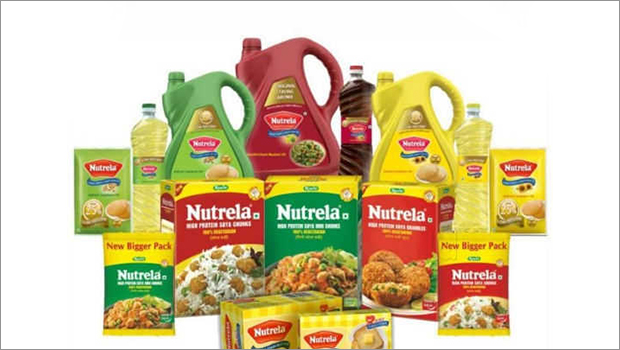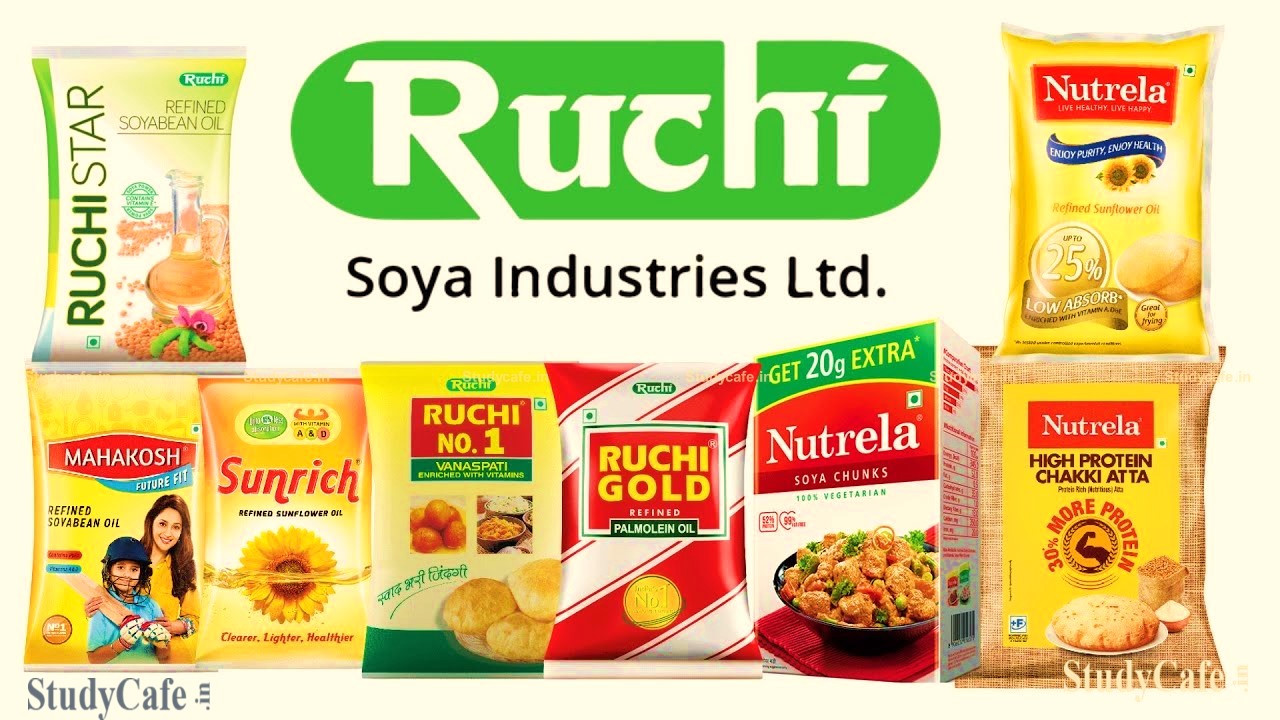Ruchi was one of the country’s leading edible oil manufacturers when it began in 1986 in Indore. Other goods included soy food, vanaspati, and lecithin. Do you recognise the brand names Nutrela, Sunrich, and Mahakosh?

Ruchi’s product portfolio included these everyday delicacies. Despite their diverse product line, palm oil and soya chunks accounted for a sizable portion of their sales.
It was one of the largest firms in this segment and is the textbook example of survival, from the time it was sent to the IBC for resolution to the present.
The company began operations in 1986 and continued to operate well until 2010. After 2011, the corporation began to experience obstacles such as import tariff structure and poor monsoon. Debts piled up, and by 2017, the total amount owed to banks amounted at Rs 9,325 crore.
Growth of Ruchi Soya
Ruchi Soya quickly grew to become one of the country’s leading FMCG firms. It had a significant market share and a solid distribution chain. Ruchi Soya generated over 3 million tonnes of oil per year, spread among 7 lakh+ retail outlets and 6000+ wholesalers.
In addition, it possessed around 13 well-maintained refinery units. Customers loved it, and the markets did as well. It was one of the go-to selections for any investor searching for high dividend yields.
Until 2011, Ruchi Soya’s life was filled with rainbows and unicorns. In reality, it was remained profitable until the end of 2015.
But the tides quickly turned against it, bringing with them a sequence of unfortunate events that rewrote its success story. Yes, the corporation fell precipitously from its height. So, what went wrong here?
The Beginning of the Fall of Ruchi Soya
The problem began when the Indonesian government, which imports the vast bulk of its raw resources, enacted a new legislation. According to the new regulations, the nation raised the tax on crude oil and other raw goods exported.
Normally, a corporation in this situation would simply pass on all additional prices to the client. So, what was the problem?
That was not the end of the Indonesian government’s actions. In response, the government decreased the levies imposed on refined oil exports. As a result, a price rise for its goods may cost its consumer. Ruchi Soya found herself in a difficult situation with few alternatives. It was forced to shoulder the higher expense. This had an impact on its profit margins as well.
The loss of the castor oil business impacted Ruchi Soya even harder, since the company was already having to deal with rising production costs. Despite the fact that castor seeds were for a modest fraction of their revenues and sales, the losses were significant.
The global market for castor seeds fell dramatically in 2017. Ruchi Soya had put a lot of money into it just to lose a lot of money. Aside from that, the seed industry in India hit a snag when there was a severe drought followed by crop failure in various sections of the country. All of this had a significant impact on their output. Things only got worse for a corporation that was already having a nightmare.
Ruchi Soya, which was formerly profitable, was now displaying massive losses on its balance sheets. For example, the financial accounts for March 2016 forecast a deficit of over 800 crores. Furthermore, the company’s debts continued to rise to unprecedented heights, reaching around 9000 to 10000 crores. It also began to see a rise in unrecoverable dues as clients failed to pay. Dues of 5000 crores were written off as bad debts.
The SEBI was also investigating the business for illicit trading operations on the commodities market. They were soon compelled to delist from stock markets.
What Happened After?
Given the circumstances, what will you do if a buddy to whom you gave money suffers major setbacks and losses? You will almost certainly try to get your money back as quickly as possible. Banks followed suit.
Banks panicked as losses mounted and businesses failed. They eventually began knocking on Ruchi Soya’s doors in order to repay its debts.
The firm was hauled to bankruptcy court in 2017 by its creditors, which included SBI, IDFC, and others, for the repayment of Rs 9.63 crores in pending dues. Because it was unable to satisfy its commitments, the firm declared bankruptcy and was declared insolvent.
However, rather than liquidation, the banks that gave a loan chose another option. And it was here that fate intervened, giving the once-great FMCG another chance at triumph.
Also Read: Decoding Navi Technologies And Sachin Bansal’s $100 Billion Ambition
The Revival of Ruchi Soya
The bankers supported the notion of “selling it to another FMCG.” Among the major bidders, including Adani and Wilmar, Baba Ramdev’s Patanjali won the contract. Patanjali purchased nearly the full 99 percent share.
Patanjali, which was required to pay over 10,000 crores, did not contribute a single dime from its own wallet. So, how did things go with the purchase?
Patanjali actually got a fresh loan from the same banks that sustained losses as a result of Ruchi Soya and returned half of the debt while writing off the other half. And this loan was obtained in return for Ruchi soya shares. The whole interest was retained as collateral. It’s similar to purchasing an automobile but holding ownership as collateral.
While all of this was going on, Ruchi Soya’s business was about to make a comeback. This year, it was relisted on the stock markets and traded at a price of Rs.16.5. Fresh management and a new action plan were all set to bring its long-forgotten history and legacy back to life.
What the Future Has in Store for Ruchi Soya
Ruchi Soya’s Chief Operating Officer claimed that the firm is engaging in numerous rebranding initiatives. It is reducing expenses while expanding its product range with new categories. It has a contract with Adani and is collaborating with Wilmar to completely reorganise its company.
Additionally, imports and distribution routes are being examined. For the same goal, a 5000 crore rupee investment was made. Sales for the business increased as well.
To read more content like this, subscribe to our newsletter
Go to the full page to view and submit the form.

